Out of office: coffee and creative small talk with Kjetil Trædal Thorsen
Snøhetta founding partner Kjetil Trædal Thorsen discusses collective creativity, the art of prepositions, and the psychology of architecture with Bodil Blain, Wallpaper* columnist and founder of Cru Kafe
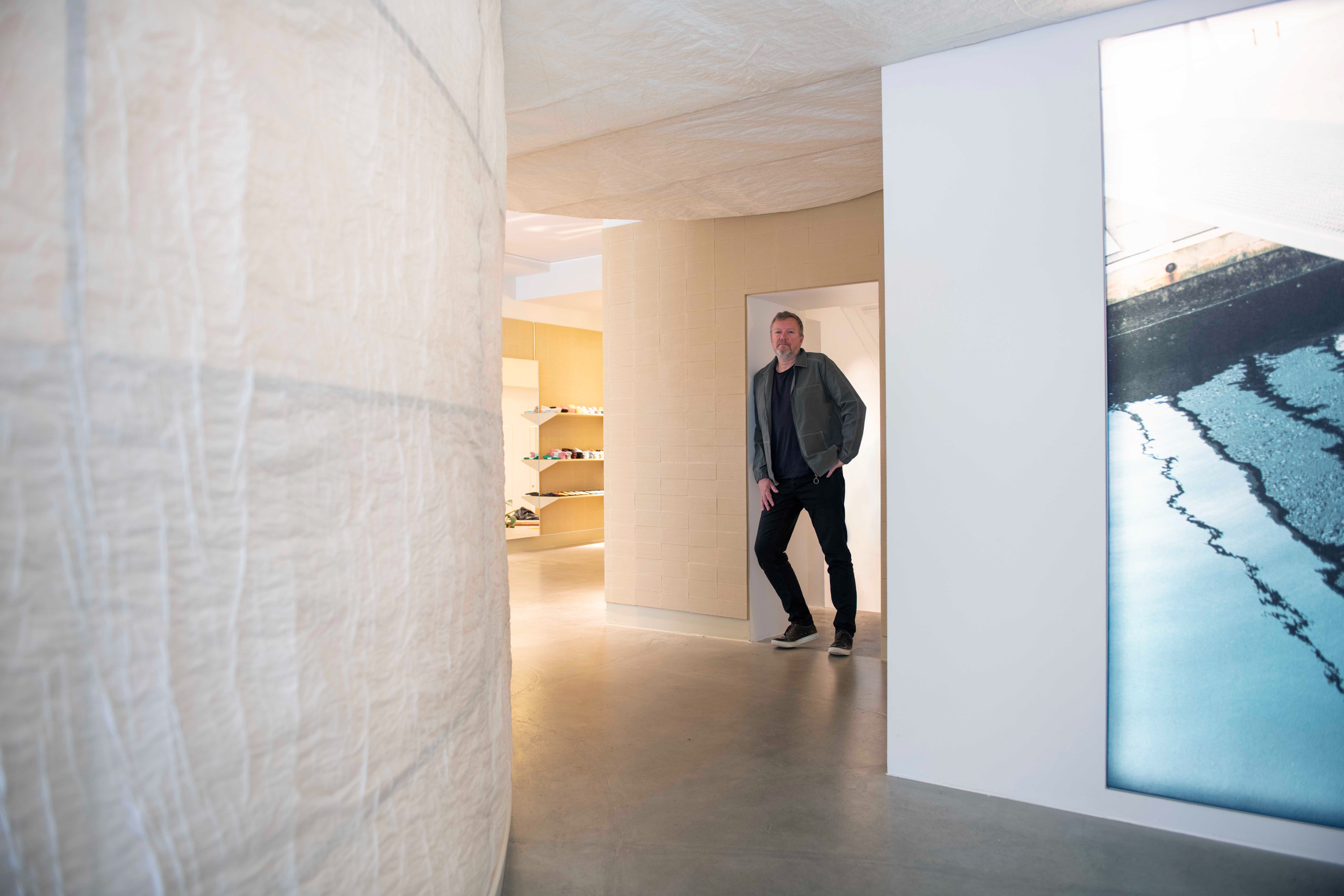
Bodil Blain: How do you start your day? Do you drink coffee?
Kjetil Trædal Thorsen: The first thing I do, normally, is have a shower. I try to get into this mood of ‘waking up’.
BB: So you’re not pensive, where you start your morning by meditating and writing down all your ideas for the day?
KTT: I usually do that the evening before, so the things I’m dealing with the next morning are prepared in my head already. That’s how I’ve been working for the last couple of years, at least; I wake up and immediately know what to do in the morning. And then I go for the coffee – we have our own little espresso machine.
BB: I think it takes a lot of self-confidence to think ‘I have something special and I will take it into the world’. How and when did you discover your talents and ideas?
KTT: I don’t think too many people start with a lot of self-confidence, so it’s more based on passion and interest, and getting into the things that you’re having to deal with on a day-to-day basis. When I was 15, I was more interested in art, but I had an art teacher who told me that I should become an architect.
BB: You might have a lot to thank that man for! How did your parents react?
KTT: My mother was a teacher and my father was a biochemical engineer, but my grandfather was a painter. They were used to an artistic environment, but they had more of a romantic perspective of what being an artist is like. When I decided to do architecture, I really started to differentiate between that and art.
Architecture entails certain kinds of actions to influence people and generate perceptions of different things, whereas art is doing the same but in a more enclosed environment, on a more individual basis. Architecture is more collective – there’s a different way of doing things and you have to listen more. I think becoming an artist would have been too lonely for me.

Under restaurant in Norway.
BB: I am very interested in collective creativity. I find Snøhetta’s process very interesting – can you tell me how you work as a team? Is this the key to your unusual and unorthodox results?
KTT: Yes; thinking collectively about very complex issues is an extraordinary driving process. Sometimes, it can be the least important sentence in a meeting room that actually creates a necessary solution. It’s really about reading between the lines and learning how to put yourself in a position where you start listening, where you start developing ideas that can come together in a generative manner. We’ve been quite keen on not sketching and designing throughout [meetings], and instead focusing on drawing similar pictures in people’s minds verbally and diagrammatically. By that, we generate concepts which can then influence future designs.
BB: Under – an underwater restaurant in Lindesnes, Norway that won the 2020 Wallpaper* Design Award for Best new restaurant – looks almost like a tube that just naturally fell into water. How did an idea like that transpire?
KTT: We started [by] looking at tilted surfaces as a transition between landscape and the constructed reality we were building. Architecture is, in many ways, the art of prepositions – everything is a reference system to your own location and position in the world. Therefore, the more prepositions you can introduce, the more positions you can take, and the more intimate you become with the object. Our work is not based on any kind of stylistic approach, because while it’s conceptual, it also needs to be contextual. It’s the combination of concept and contexts that we lean on.
Wallpaper* Newsletter
Receive our daily digest of inspiration, escapism and design stories from around the world direct to your inbox.
BB: Speaking of which, in my interviews with architects, I have found there is a clear sense of social responsibility. How did this come about?
KTT: Sustainability has been our main driving force since [we established our practice in] 1987. We put social sustainability at the top, then all the other sustainabilities follow. For instance, with the Bibliotheca Alexandrina, we introduced the best working conditions ever for Egyptian site construction workers. Then we’re able to educate people through the art.
Many people can design a beautiful building under the right circumstances, but it needs to be more layered than that
BB: What would you be and do if you did not start your practice?
KTT: Perhaps an artist? But I don’t think the way I created would have left me that option. If not, then maybe some sort of investigative archaeologist – that could have been interesting.
BB: Your promise of making your buildings energy positive is ambitious and admirable. Tell me about these plans; how will this affect your work?
KTT: Without losing sight of our social sustainability approaches, it is extraordinarily important to recognise that a [global] temperature increase would really have horrible effects. The building industry is accountable for 40% of all the CO2 that we’re leaking into the atmosphere. That would lead us to think that we should have a completely clean energy mix in the future; that anything going into any type of building needs to be renewable. That way we could actually reverse the situation.
For this to become part of the everyday operations of a global practice, you need to have everyone on board. So it is a matter of long-term education and long-term information. Within the next twenty years, we are hoping and aiming for a production line of buildings that will end up being CO2 neutral, and hopefully CO2 negative, which means that every time we go to an opening twenty years from now, it would be a positive contribution to the CO2 environmental issues.

Serpentine Pavilion 2007, by Olafur Eliasson and Kjetil Trædal Thorsen.
BB: What is Snøhetta’s latest most exciting project?
KTT: There are about sixty projects at the moment. Despite the lockdown, we’ve continued operations and have even signed on quite a few new projects. It is difficult to choose one [most exciting] project because I am interested in too many things. However, being able to start opera houses in addition to Oslo: Busan in South Korea, and now in Shanghai, allows us to implement accessibility and study what we were talking about earlier – prepositions in architecture in a Chinese environment, with Chinese culture influencing it. So that’s definitely up there on the list.
On the other side, there are very small projects we’ve been working on for research: establishing small houses in Norway for people who struggle in their living environments, victims of psychiatric drug addiction, for instance. A lot of these patients would come in and ruin their own home simply out of frustration. We’re interested in seeing if architecture can help calm that somehow. Say, the hallway could be twice the size of the entire apartment, simply because you need a longer transition. Some of these transitions, between indoors and outdoors, can be very abrupt and thus not allow them to comprehensively adapt to the situation. We’re trying to build some test housing next year to see if architecture could help with psychology.
BB: Who has influenced you the most in terms of your career?
KTT: People we’ve worked with, like Olafur Eliasson, have brought a certain level of confidence as we move into the content of things, rather than just the looks of things. Looks and aesthetics are there, and they will come if you have that grounded perception of how you want things to be. Many people can design a beautiful building under the right circumstances, but it needs to be more layered than that.
Through our research, we look for the ‘odd one out’ – we say that it’s a particular situation that gives us a result, whereas others might just look for whatever is right in front of them. For example, if any architectural practice is designing something along a ring road in Oslo, they would be interested in the number of cars driving through. We, however, would be interested in the amount of red cars, or how many people would be in a red car versus a blue car. We would start looking at what other aspects there are in these environments, and how they inform us. A lot of things that we are doing now are catching on with younger generations, which I’m really happy about. Maybe that will even lead to new collaborations.
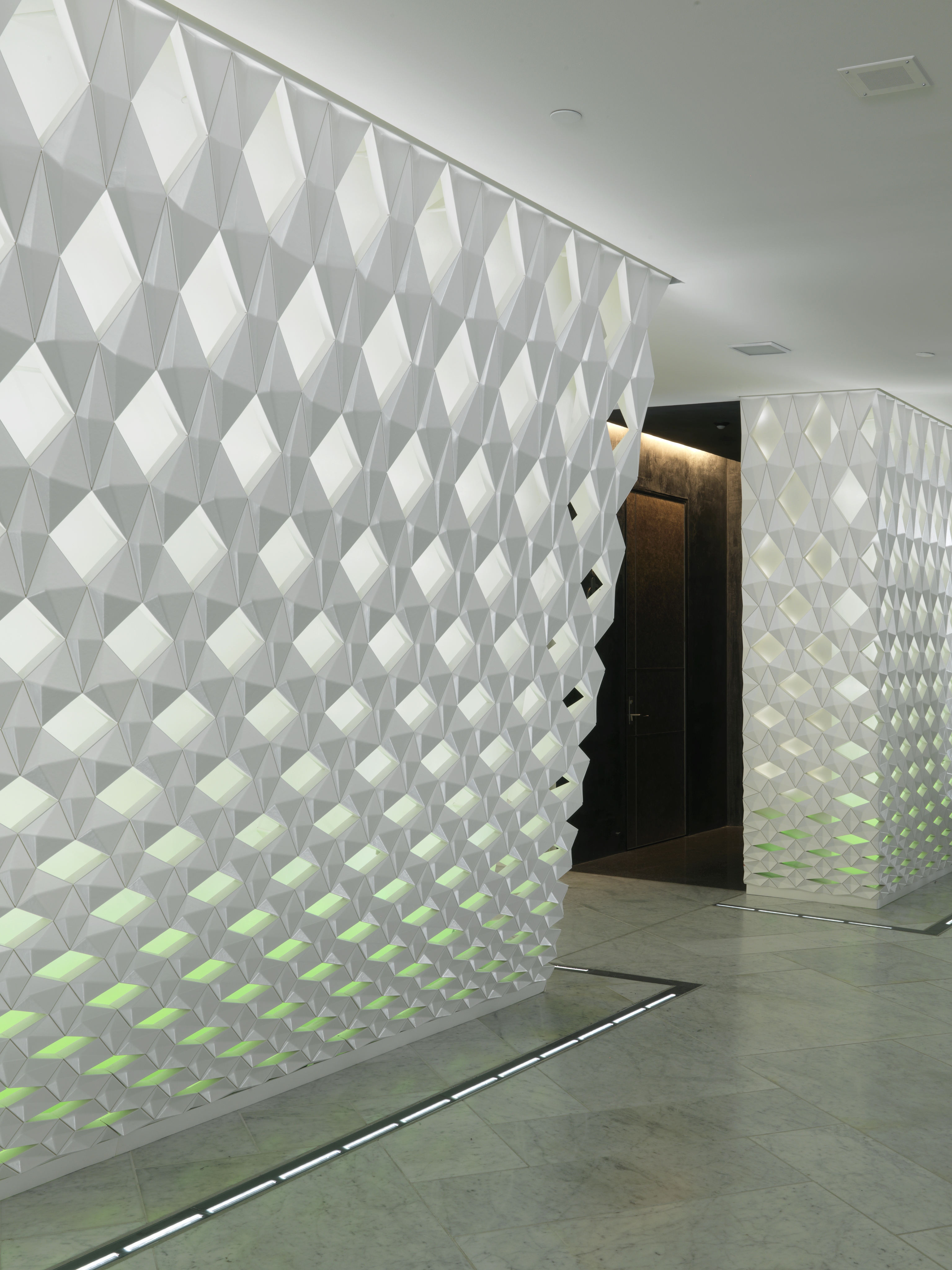
Norwegian National Ballet and Opera interior.
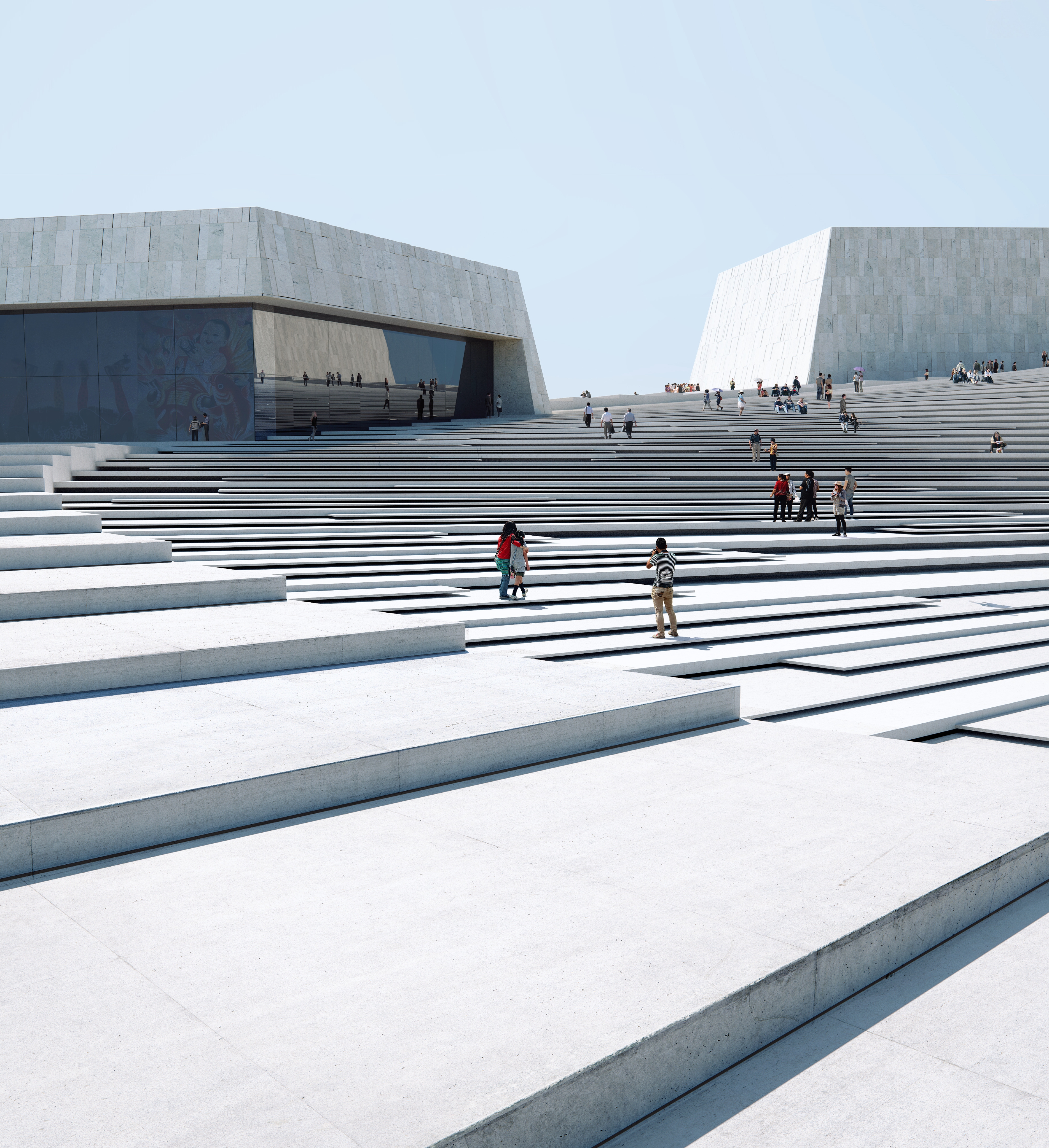
Shanghai Grand Opera House.
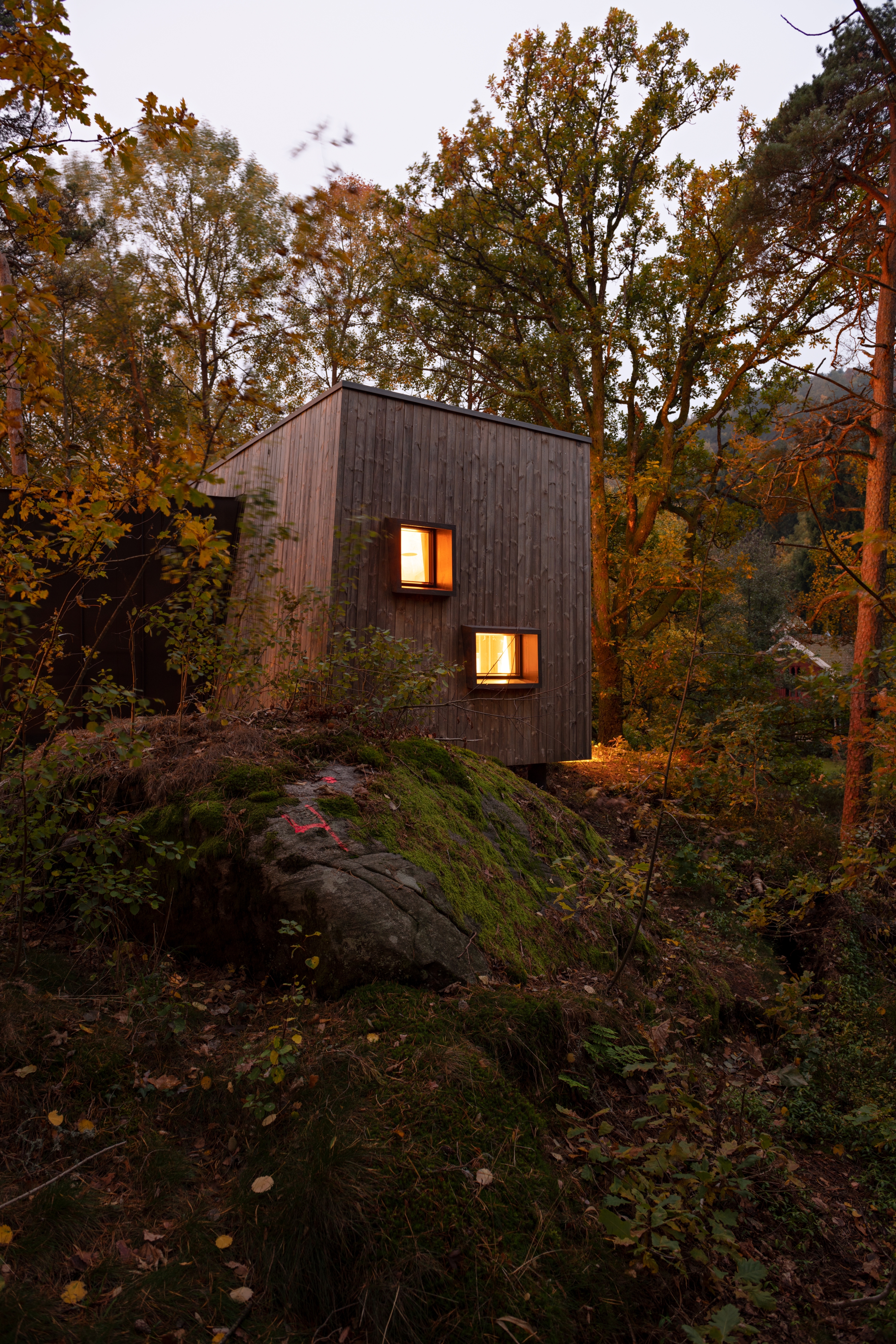
Friluftsykehuset – the Outdoor Care Retreat in Norway.
INFORMATION
A version of this story featured in the October issue of Wallpaper* (W*258), on newsstands and available as a complimentary PDF download from 17 September
Kjetil Trædal Thorsen will join MIT Media Lab’s Neri Oxman, Google’s Ivy Ross and MoMA’s Paola Antonelli for a digital conversation about materials and circularity on 15 September, 4:30–5:30PM BST. The conversation will be moderated by Wallpaper* Editor-in-Chief Sarah Douglas. Tickets are free, please register here to reserve your space.
-
 Japan in Milan! See the highlights of Japanese design at Milan Design Week 2025
Japan in Milan! See the highlights of Japanese design at Milan Design Week 2025At Milan Design Week 2025 Japanese craftsmanship was a front runner with an array of projects in the spotlight. Here are some of our highlights
By Danielle Demetriou
-
 Tour the best contemporary tea houses around the world
Tour the best contemporary tea houses around the worldCelebrate the world’s most unique tea houses, from Melbourne to Stockholm, with a new book by Wallpaper’s Léa Teuscher
By Léa Teuscher
-
 ‘Humour is foundational’: artist Ella Kruglyanskaya on painting as a ‘highly questionable’ pursuit
‘Humour is foundational’: artist Ella Kruglyanskaya on painting as a ‘highly questionable’ pursuitElla Kruglyanskaya’s exhibition, ‘Shadows’ at Thomas Dane Gallery, is the first in a series of three this year, with openings in Basel and New York to follow
By Hannah Silver
-
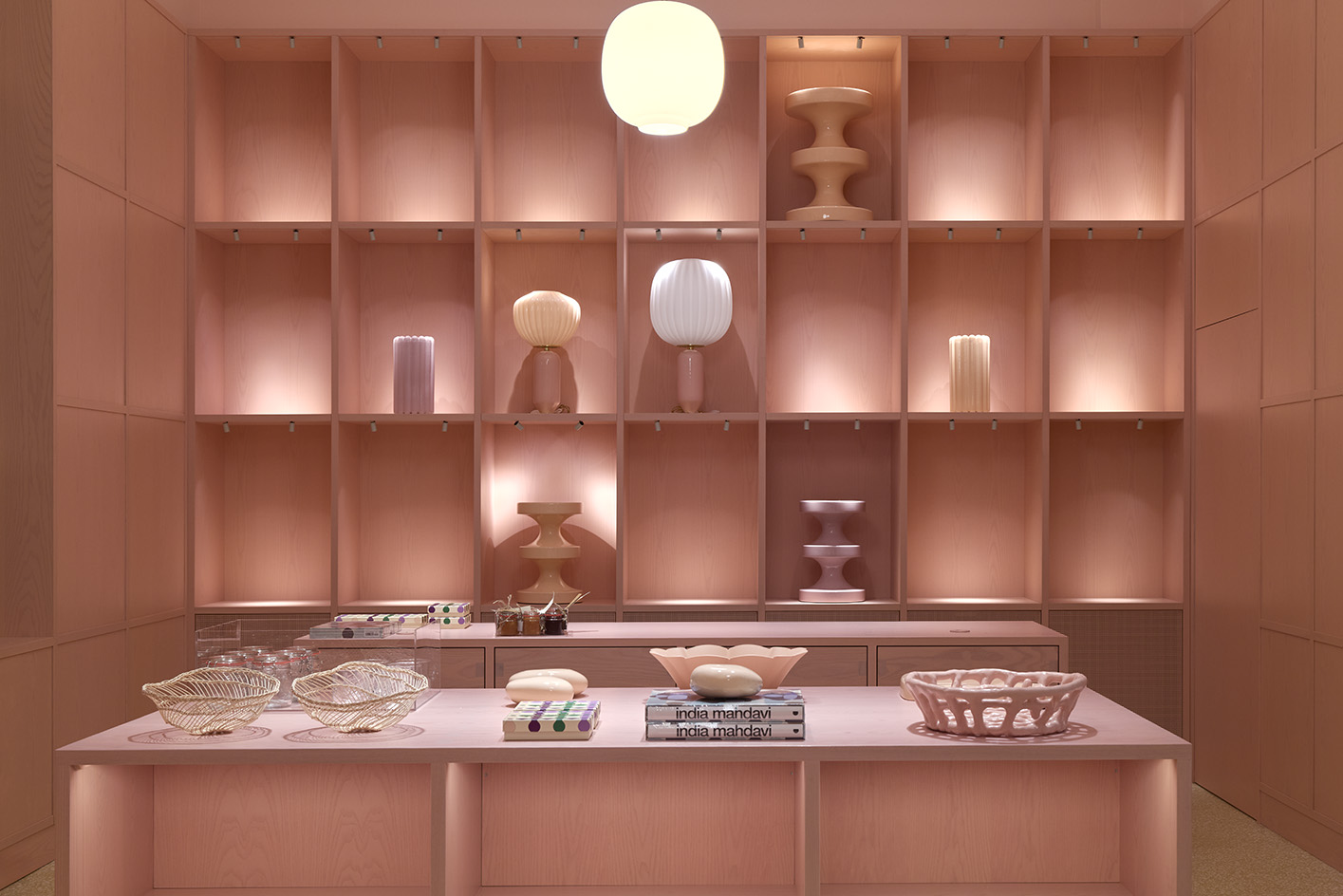 PoMo Museum opens its colourful spaces in Trondheim’s art nouveau post office
PoMo Museum opens its colourful spaces in Trondheim’s art nouveau post officePoMo Museum is a new Trondheim art destination, featuring colourful interiors by India Mahdavi in an art nouveau post office heritage building
By Francesca Perry
-
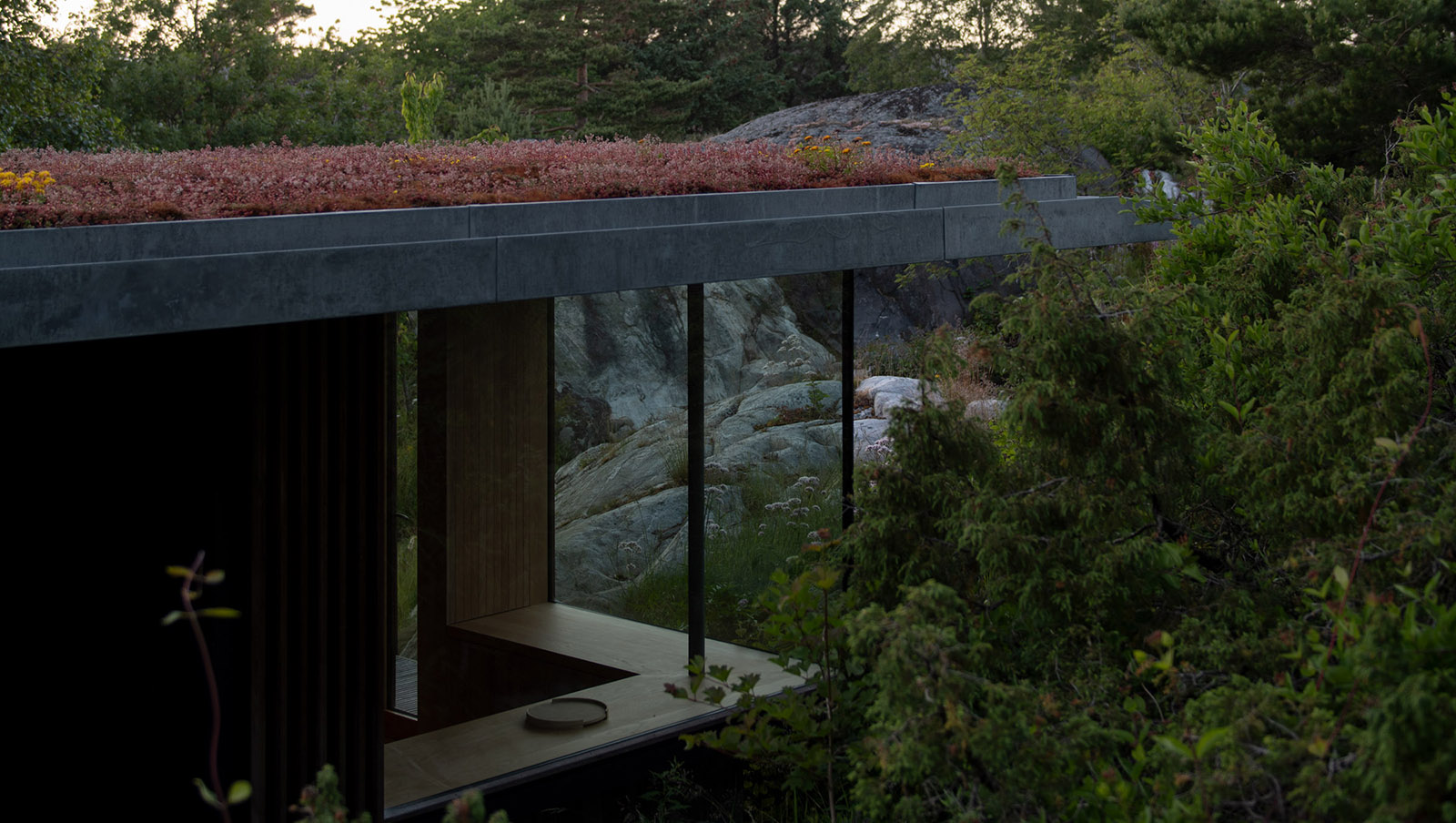 Tour this waterfront Norwegian summer house in pristine nature
Tour this waterfront Norwegian summer house in pristine natureCabin Lillesand by architect, Lund Hagem respects and enhances its natural setting in the country's south
By Ellie Stathaki
-
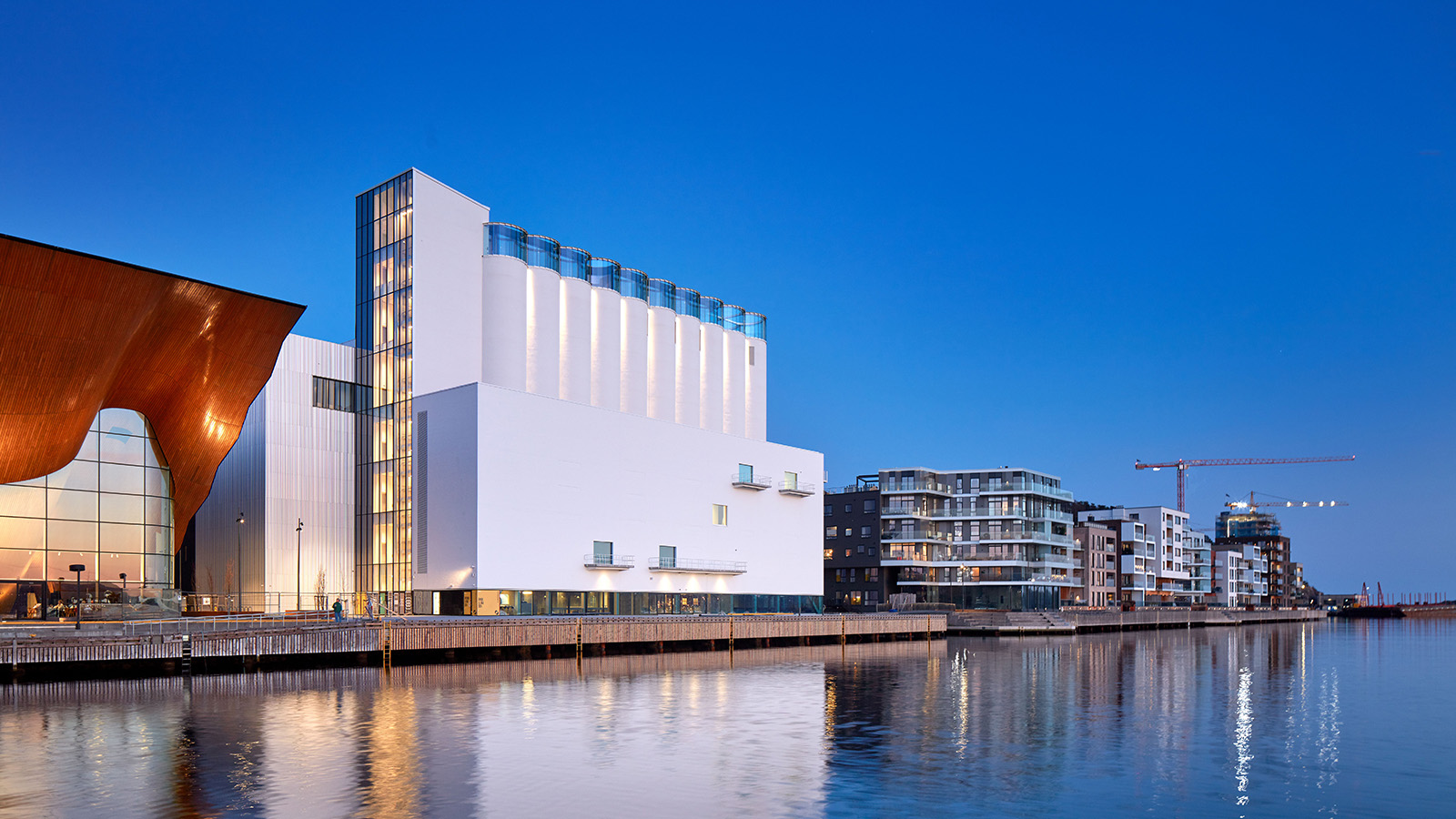 Kunstsilo sees a functionalist grain silo transformed into Norway’s newest art gallery
Kunstsilo sees a functionalist grain silo transformed into Norway’s newest art galleryKunstsilo’s crisp modern design by Mestres Wåge with Spanish firms Mendoza Partida and BAX Studio transforms a listed functionalist grain silo into a sleek art gallery
By Clare Dowdy
-
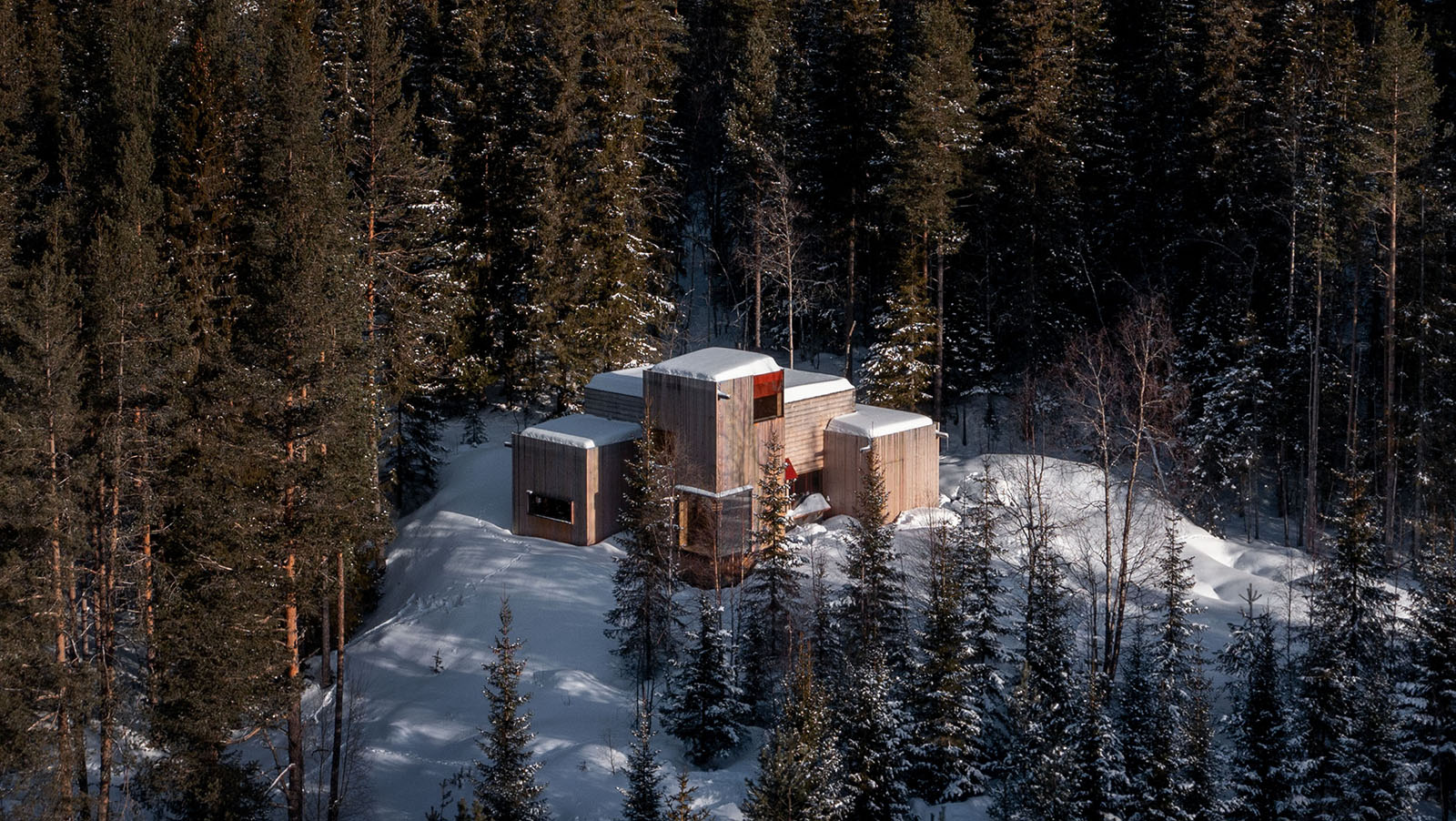 Aarestua Cabin brings old Norwegian traditions into the 21st century
Aarestua Cabin brings old Norwegian traditions into the 21st centuryAarestua Cabin by Gartnerfuglen is a modern retreat with links to historical Norwegian traditions, and respect for its environment
By Ellie Stathaki
-
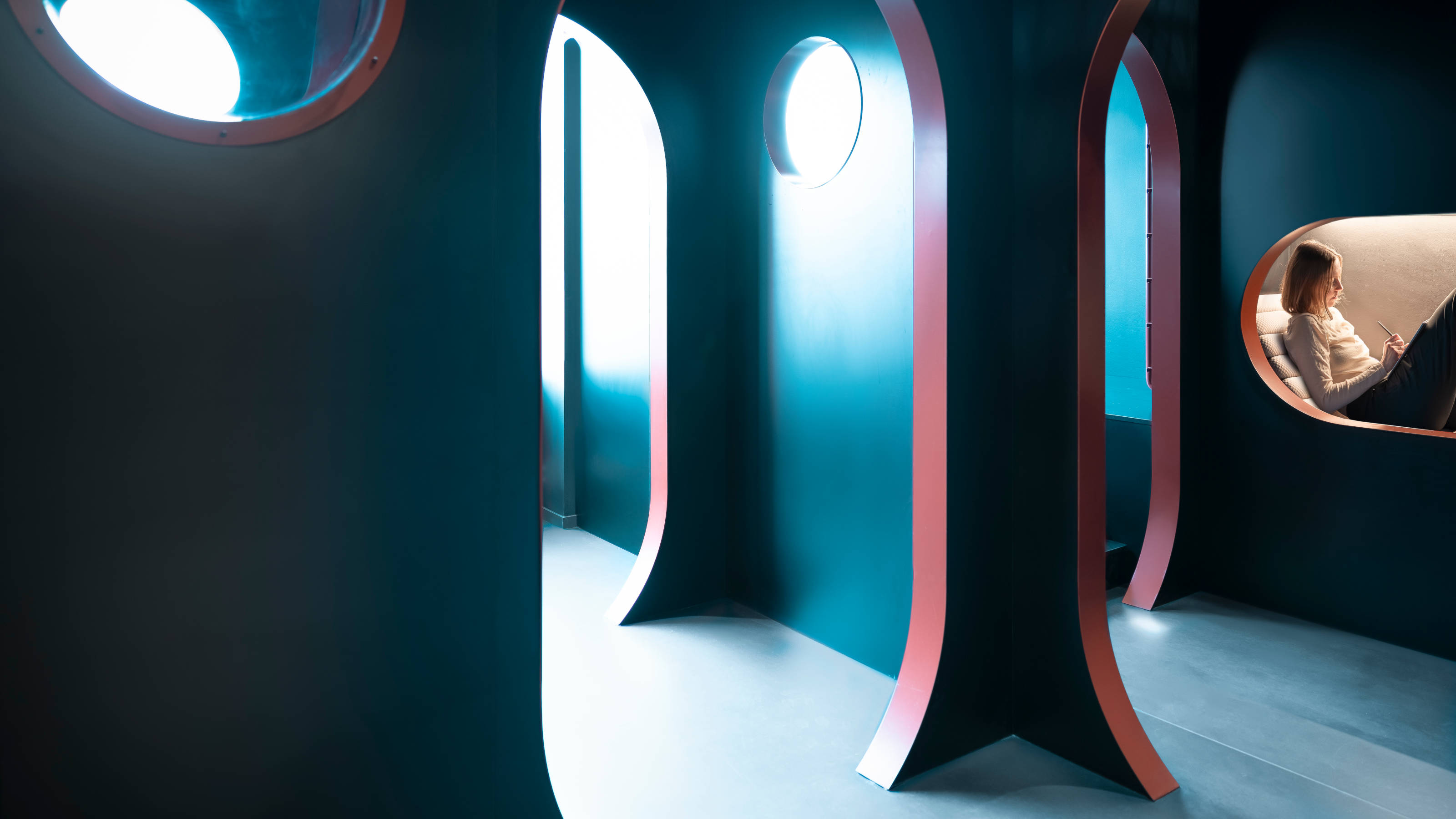 Pioneering tablet maker reMarkable’s Oslo headquarters is a space for ‘better thinking’
Pioneering tablet maker reMarkable’s Oslo headquarters is a space for ‘better thinking’reMarkable’s Oslo head office, featuring areas to retreat, ruminate and collaborate, is a true workspace of the future
By Jonathan Bell
-
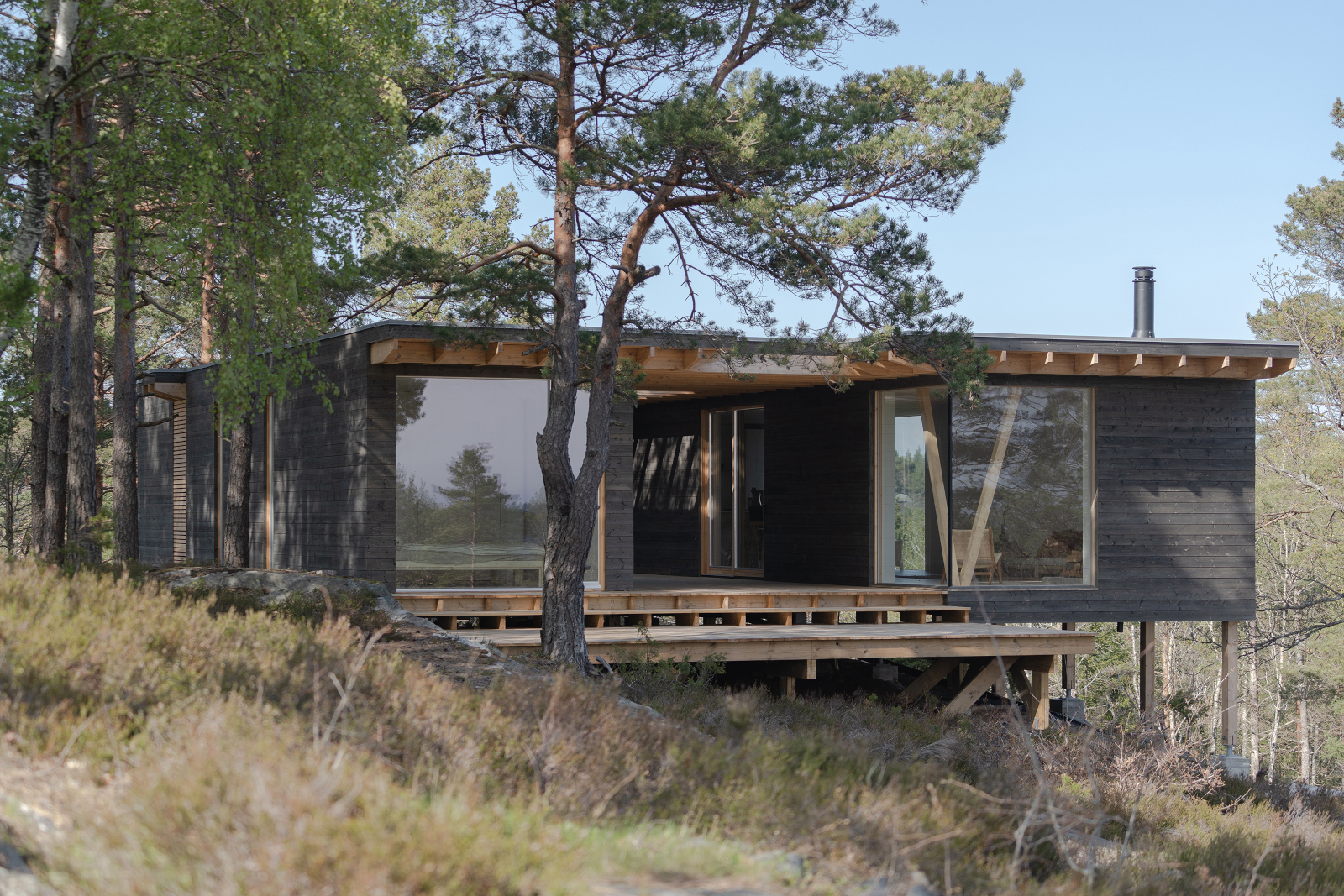 This Norway cabin was designed as a minimalist, coastal escape
This Norway cabin was designed as a minimalist, coastal escapeThis Norway cabin by Erling Berg is made of local timber that frames its scenic Risør views through large openings and outdoor areas, creating a cool summer escape
By Ellie Stathaki
-
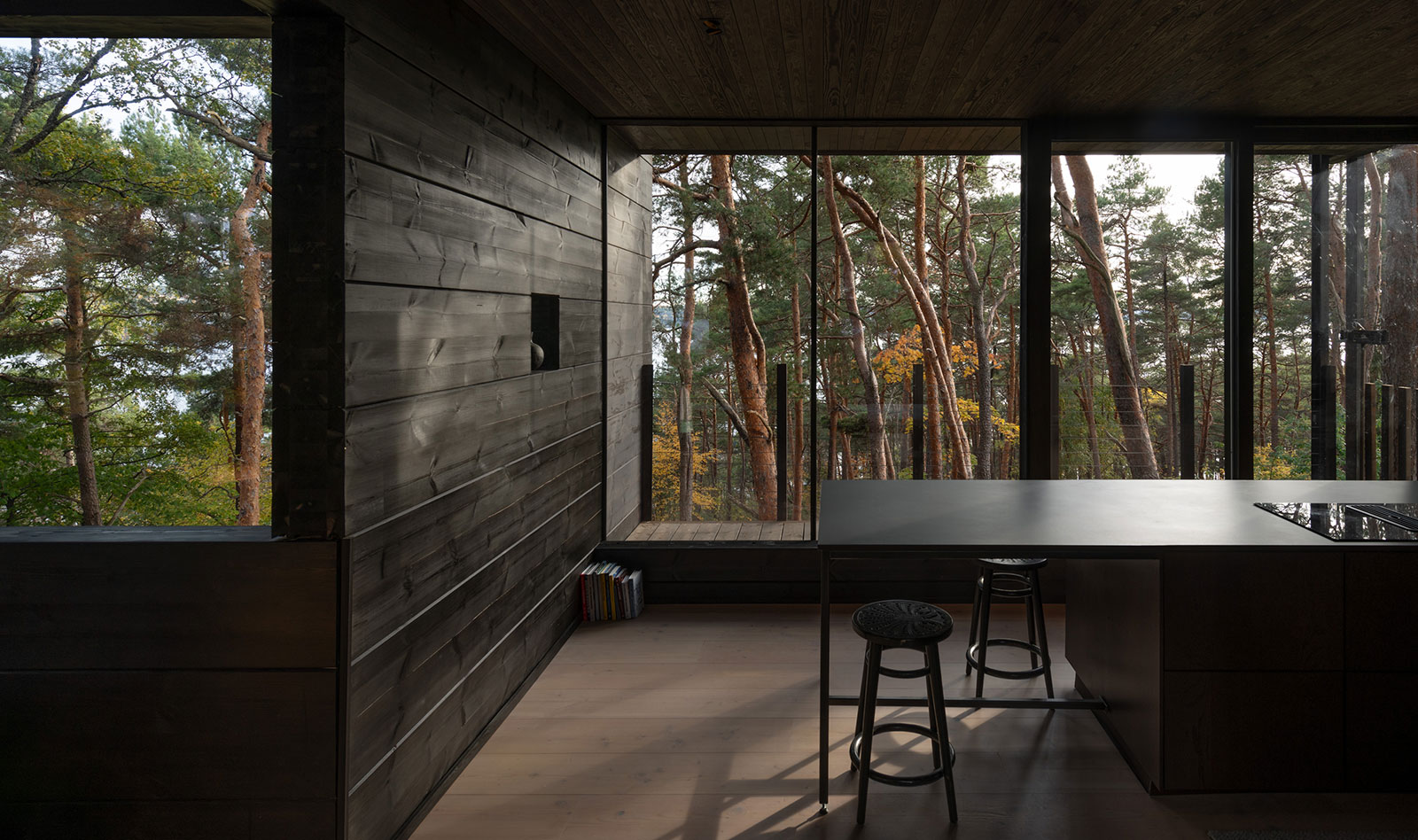 This Oslo house is a suburban cabin in the woods
This Oslo house is a suburban cabin in the woodsAn Oslo house designed like a retreat, Villa Nikkesmelle by Gartnerfuglen, offers the perfect balance between urban and rural
By Ellie Stathaki
-
 Restored former US embassy in Oslo brings Eero Saarinen’s vision into the 21st century
Restored former US embassy in Oslo brings Eero Saarinen’s vision into the 21st centuryThe former US embassy in Oslo by Finnish American modernist Eero Saarinen has been restored to its 20th-century glory and transformed for contemporary mixed use
By Giovanna Dunmall